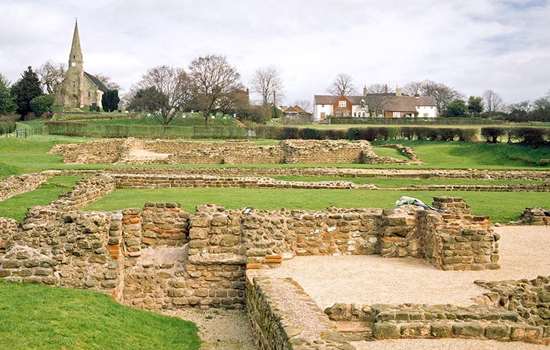-

Rushton Triangular Lodge
20.62 miles from Jewry Wall -

Wall Roman Site
30.09 miles from Jewry Wall -

North Leigh Roman Villa
56.5 miles from Jewry Wall

Free to view from St Nicholas' Walk during daylight hours
Address
St Nicholas Circle, Leicester, Leicestershire, LE1 4LB
Before you go
Access: The wall can be viewed for free from St Nicholas Walk, which is wheelchair accessible. The ground surrounding the bath house ruins is uneven and only accessible on foot. You can see the access information for the Jewry Wall Museum here.
Parking: The nearest public car parking is at St Nicholas Circle or limited on-street parking is available on Welles Street.
Facilities: Jewry Wall Musuem has toilet and cafe facilities. An entry charge applies.
Drone flying: Please see our drone guidance.
Dogs: Dogs on leads are welcome on St Nicholas' Walk. Guide dogs only are allowed in the Jewry Wall Museum.
-

Kirby Muxloe Castle
3.59 miles from Jewry Wall -

Ashby de la Zouch Castle
15.83 miles from Jewry Wall -

Lyddington Bede House
18.69 miles from Jewry Wall